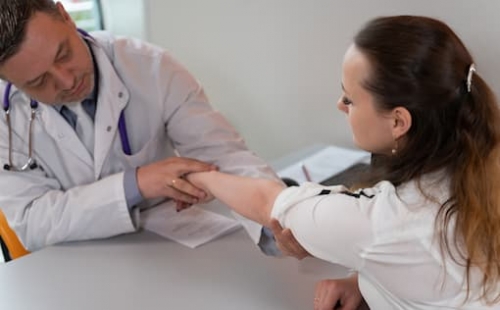Hidradenitis suppurativa (HS) is a skin disease that causes large boils and pustules to form. It usually affects skin folds of the body, such as the armpits and groin, and can cause significant inflammation, pain, itch, scarring, and disfigurement.
About 0.1-1% of people have HS in the U.S.A. and Europe. HS is more common in females. When studies measure HS on the skin, they often need a clinician (e.g. a doctor) to count the number of each type of HS lesion (affected patch of skin). This can be difficult and, because of this, one clinician may count a different number to another. If clinicians don't agree when they should, then this isn't an accurate measurement tool.
This study was done by researchers in the U.S.A. to find how well clinicians could measure HS using a different approach. The authors interviewed clinicians who treat HS, to find out what skin changes they noticed to decide if HS was better or worse. From this, the researchers developed a new HS measure based on the size of the area with HS and the amount of redness, swelling, and broken skin.
Next, the authors had 10 clinicians examine 23 people with HS and they completed the new measure and the existing measures. The new measure had more agreement among the clinicians than the existing methods of measuring HS. Also, a clinician was more likely to be consistent with himself/herself when measuring the same person with HS.
This study showed that counting HS lesions is hard and a different approach might help improve HS measurement.
This is a summary of the study: Severity and Area Score for Hidradenitis (SASH): a novel outcome measurement for hidradenitis suppurativa

